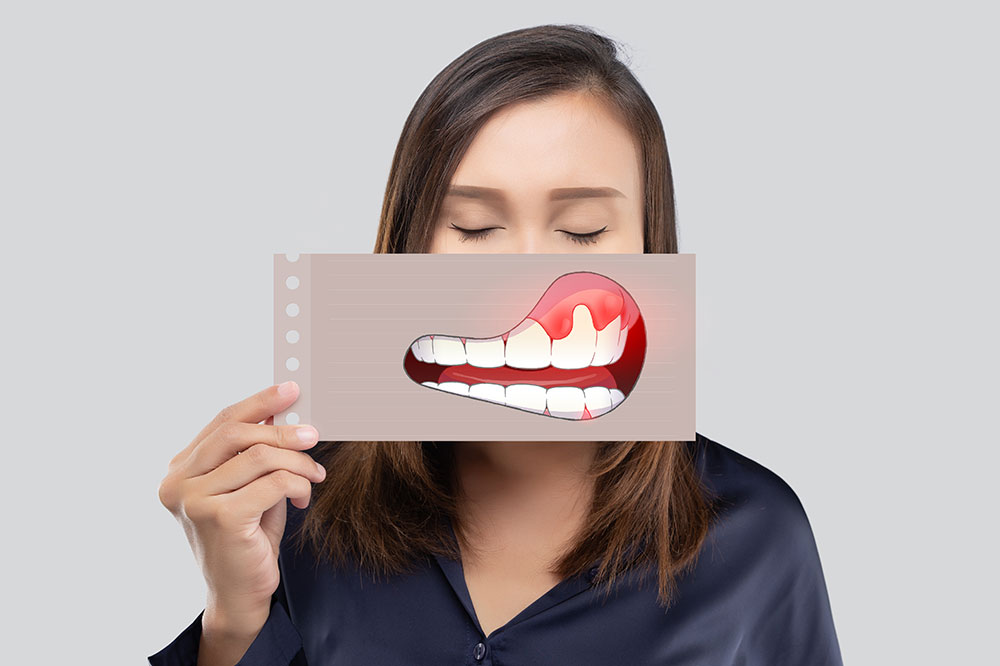
Abscessed tooth – Signs, causes, and management options
An abscessed tooth is a pus-filled pocket that can form in any part of a tooth. It can be classified into different types depending on the cause and location where it develops. For instance, a periapical abscess develops at the root’s apex, while a periodontal abscess develops in the gums next to a dental root. Regardless of the type, an abscess can lead to much pain and discomfort, so timely treatment is crucial.
Symptoms
When individuals develop a dental abscess, they may experience severe pain that can be described as aching or gnawing. The other signs of a dental abscess may include the following:
Thermal sensitivity of the teeth
Bitter mouth flavor
Dry mouth (halitosis)
Gum edema and redness
Loosening of the impacted tooth
Swollen upper or lower mandible
An open, draining sore on one side of the lips
Besides these signs, one could experience a fever, general discomfort, and lymph node swelling. Those who experience the symptoms should visit a dentist or another health expert to determine the cause. Untreated tooth abscesses can develop into severe, potentially fatal problems.
Causes
An abscess is mainly caused due to bacteria seeping into the teeth or gums. However, other factors may also be involved depending on the type:
Periapical abscess
It occurs when bacteria infiltrate the tooth’s pulp through a cavity. The pulp is the tooth’s spongy interior made up of blood vessels, connective tissue, and nerves.
Periodontal abscess
It typically results from gum disease, but an injury can also bring it on.
Gingival abscess
It occurs when the lips become infected by a foreign object, such as a popcorn hull or toothbrush bristle.
Treatment and management
Before recommending any kind of treatment, the dentist may perform an X-ray to determine whether the infection has spread to other regions. Depending on the results and the severity of the problem, they may recommend any of the following procedures:
Draining the abscess
The dentist makes a tiny cut in the abscess to drain the pus. After that, they use a saline solution to clean the region. While one can also drain the abscess at home, it is not recommended. The procedure can lead to an infection or other complications if done incorrectly.
Root canal
In this method, a dentist drills a hole down the abscessed tooth to remove the affected pulp (central tissue). Once done, they fill the hole with a specially formulated material. To give the tooth a sturdy and secure covering, they also place an artificial crown over the operated tooth. The crown has a good chance of lasting a lifetime if one takes good care of it. Removing the infection while preserving the tooth requires great skill and attention to detail, so choosing the right dentist for a root canal is essential.
Tooth removal
If one’s tooth is significantly damaged, the dentist may recommend extraction. A damaged tooth can cause excruciating pain and discomfort. The procedure can take around 20 to 40 minutes. Bleeding, blood clots, and gum sores are a few side effects of tooth removal, but these usually resolve independently or with minimal aftercare.
Foreign item removal
Sometimes, a tiny foreign object stuck in the tooth or gums can cause an abscess. Dentists use special tools to remove such objects and clean the area with a saline solution to prevent infection. In mild cases, one can try gargling and flossing to remove a foreign object from the mouth.
Patients with a periapical abscess and a recurrent infection may require surgery on an urgent basis to eliminate the diseased tissue. Surgery is also important if the infection has spread outside the abscessed region or if someone has a compromised immune system. Besides performing the procedures mentioned here, the dentist may recommend treatments to relieve pain and discomfort.
Home remedies
Here are a few steps one can take at home to control the discomfort and relieve pain:
Avoid eating or drinking anything too hot or chilly.
Chew with the unaffected side.
Avoid flossing near the injured region.
Use a gentle toothbrush.
Rinse the mouth with saltwater.
Get sufficient rest.
Home remedies can help a person feel more relaxed while waiting for treatment, but it is crucial to see a doctor if the problem does not subside. A dental abscess does not disappear on its own, and ignoring the problem can lead to complications. The information contained in this abscessed tooth guide can help one handle the condition better. One can consult a health expert if they have any questions or need special attention.




